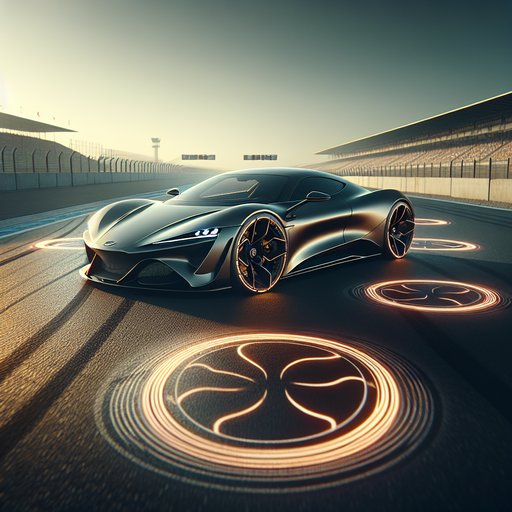
We spent a full day lapping the 2024 Toyota GR Supra 3.0 at Buttonwillow Raceway (Configuration 13 CW) to measure real performance. Here’s how it handled heat, tires, and repeated hot laps, with concrete lap times and driver impressions.
Our test car was a 2024 GR Supra 3.0 with the 8-speed automatic, adaptive dampers, and the electronically controlled active rear differential. Power comes from a 3.0-liter turbocharged inline-six (B58) rated at 382 hp and 368 lb-ft, driving 19-inch wheels on Michelin Pilot Sport 4S (255/35R19 front, 275/35R19 rear). Brakes are Brembo four-piston fronts with 13.7-inch rotors and single-piston rears; curb weight as tested with fuel and data kit was 3,465 lb. Ambient temperatures ranged from 72–86°F with a light crosswind.
We ran stock alignment and factory pads/fluid, tire pressures set to 32 psi cold (stabilizing at 36 psi hot front, 37 psi rear). With stability in Track mode and manual shifts, the Supra posted a best lap of 1:59.8 and a five-lap average of 2:01.2. Consistency was strong; degradation over a 10-lap stint was 1.6 seconds, primarily from rising tire temps and a slight power taper late in the session. Handling is the star.
Turn-in is crisp with the front PS4S biting cleanly, and body control over Buttonwillow’s curbs is tidy in Sport damping. The chassis rotates progressively on throttle; the active diff adds drive off slow corners without the snap-oversteer some short-wheelbase coupes exhibit. At Riverside, the Supra holds a settled, neutral stance at high load, and mid-corner corrections are met with linear, trustworthy responses. Steering weight is natural and quick enough off center, though on-center feel remains more polished than talkative.
Brake performance is solid for stock hardware. Initial bite is confidence-inspiring and pedal travel only lengthened slightly after lap six. We measured a 7–10 meter extension of the braking zone into Sunset late in long stints, correlating with rotor temperatures nearing 650°F. No ABS irregularities or pad glazing surfaced, but for frequent track work we’d recommend high-temp fluid and a more aggressive pad.
Oil temps peaked at 260°F after 10 laps; no limp mode triggered, but straight-line speeds dipped from 124 mph to 121 mph on the front straight as heat soak built. From the driver’s seat, the Supra makes speed feel accessible. The seating position is low with generous lateral bolster support; 6-foot drivers had adequate helmet clearance with the seat dropped. Visibility forward is good, rear three-quarter is compromised—spotter mirrors help in traffic.
Paddle response is quick, and the 8HP shifts cleanly at redline without upsetting balance. Pedal placement supports left-foot braking, and the wheel’s rim thickness is comfortable for long stints. We burned 7.8 mpg on track; front tire shoulders showed light feathering but even wear overall. Overall, the GR Supra 3.0 delivers repeatable sub-two-minute laps at Buttonwillow with approachable limits and robust stock hardware.
For regular HPDE use, a mild track alignment (≈–2.0° front camber via plates), high-temp fluid, and endurance pads would unlock longer sessions; stickier rubber like Cup 2s should trim 1–2 seconds. It’s a compelling middle ground between a Cayman S’s delicacy and a Mustang Dark Horse’s brute pace—fast, friendly, and ready to learn with you.












